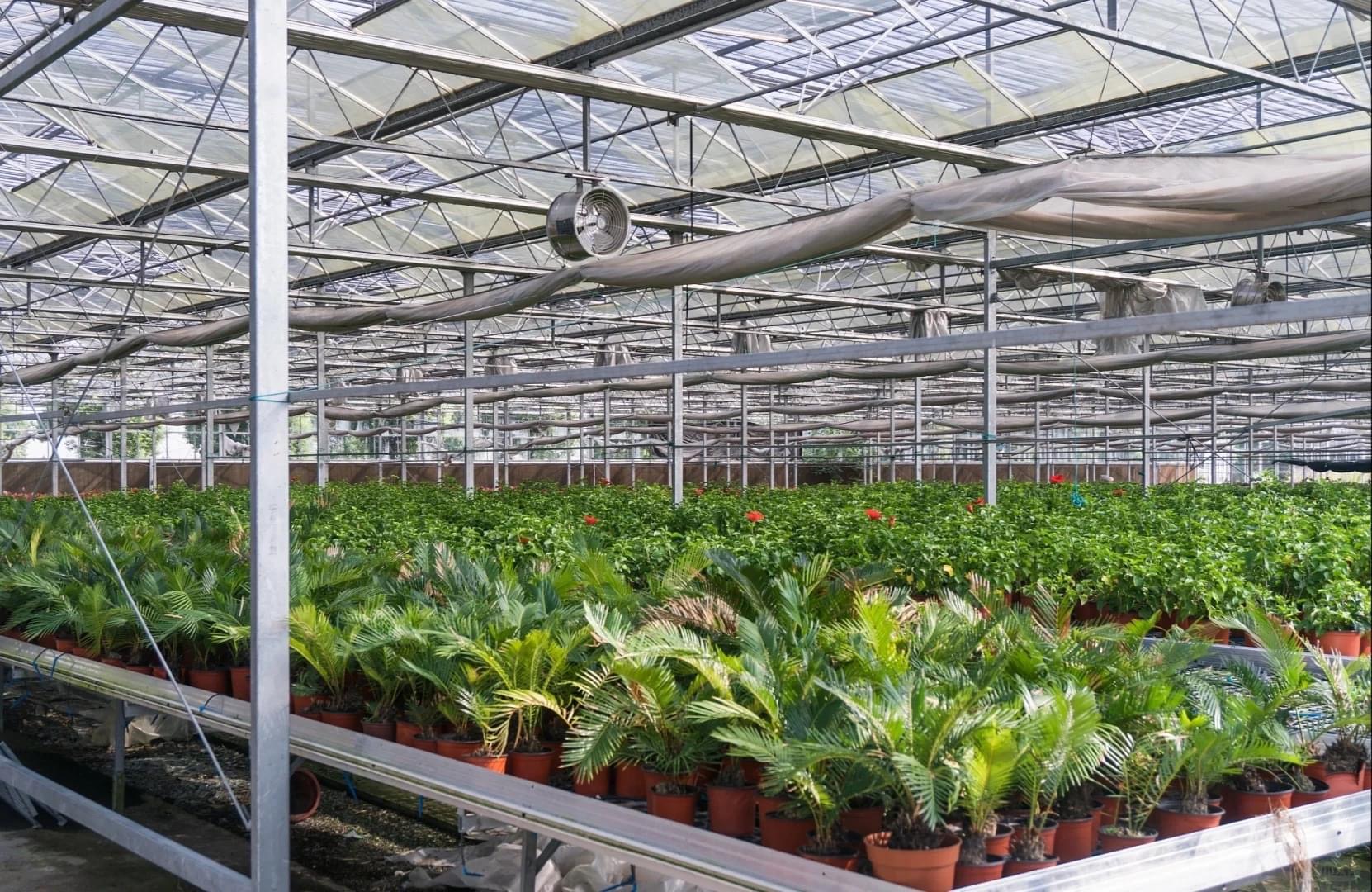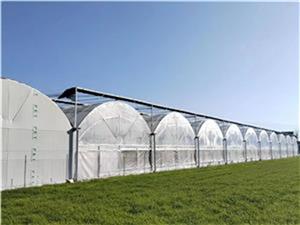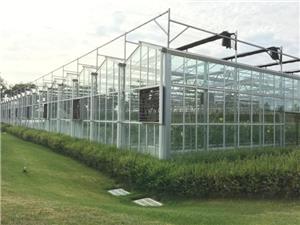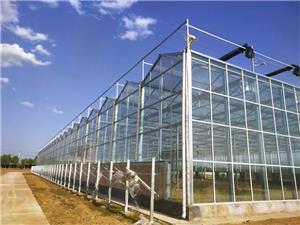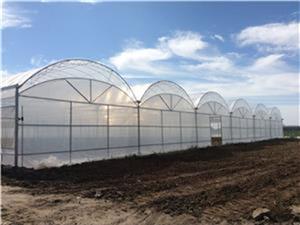Treatment of rock wool blocks
Scientific Treatment Methods for Rockwool Blocks Before Plastic Greenhouse Tomato Cultivation
In plastic greenhouse tomato cultivation, rockwool blocks serve as the core substrate for soilless cultivation. The quality of their pre-treatment directly affects the root development of tomato seedlings, the efficiency of nutrient absorption, and the subsequent growth state. Plastic greenhouses have strong airtightness and high environmental controllability, so they need to be treated precisely to eliminate potential substrate problems and optimize the growth foundation, laying a solid foundation for cultivating strong tomato seedlings and achieving high yields. This article will detail the complete treatment process of rockwool blocks before plastic greenhouse tomato cultivation from four dimensions: rockwool block selection, cleaning and disinfection, pre-wetting conditioning, and nutrient adaptation.
1. Precise Selection: Select rockwool blocks that match the growth requirements of plastic greenhouse tomatoes in terms of specifications and characteristics
Plastic greenhouse tomato cultivation mostly adopts substrate cultivation mode. Rockwool blocks need to have good water retention and fertilizer retention properties, good air permeability and stability to avoid root hypoxia or nutrient loss caused by improper substrate selection. When selecting, the following three points should be focused on:
1. Specifications matching: Select corresponding size rockwool blocks according to the tomato cultivation stage
Seedling stage rockwool blocks: In the plastic greenhouse tomato seedling stage, choose small rockwool blocks with a side length of 5-7cm, single block weight 30-50g, and a porosity of 90% or more. This specification can precisely control the water and nutrient supply during the seedling stage, avoiding excessive growth of the seedling roots due to large substrate size, and facilitating the dense placement of seedlings on the plastic greenhouse seedling rack, improving greenhouse space utilization.
2. Characteristics screening: Prioritize low EC value and high stability products
The plastic greenhouse environment is closed, and if the initial EC value (conductivity) of the rockwool block is too high, it can easily cause root reverse osmosis dehydration and wilting. When purchasing, select rockwool blocks with an EC value ≤ 0.5mS/cm and a pH value stable between 6.0-7.0, matching the suitable acid-base environment for tomato roots. At the same time, check if the fiber distribution of the rockwool block is uniform to avoid poor air permeability caused by local compaction - a high-quality rockwool block can quickly rebound when squeezed and has no obvious collapse when released, ensuring sufficient oxygen supply for root growth.
2. Cleaning and Disinfection: Eliminate potential diseases and impurities in plastic greenhouse rockwool blocks
The plastic greenhouse environment with high temperature and high humidity is prone to pathogen growth. New purchased rockwool blocks may still contain dust, fiber debris from the production process, or greenhouse a small amount of insect eggs or pathogens. If not treated directly, it can easily cause root rot, damping-off, and other diseases during the tomato seedling greenhouse stage. Cleaning and disinfection should be carried out in two steps:
1. Initial cleaning: Remove surface impurities and dust
Put the rockwool blocks into the plastic greenhouse-specific cleaning pool and slowly rinse with water (EC value ≤ 0.8mS/cm), and gently brush the surface of the rockwool blocks with a soft brush to remove attached dust and fiber debris. During the cleaning process, avoid vigorous rubbing to prevent damage to the rockwool block structure and block of pores. After cleaning, tilt the rockwool blocks and drain the surface moisture. At this time, check if there are obvious impurities (such as small stones, plastic particles) inside the rockwool block. If so, remove them manually to avoid damaging the tomato seedling roots.
2. Deep disinfection: Kill pathogenic bacteria and insect eggs
For plastic greenhouse cultivation, a "prevention-oriented"greenhouse disease control strategy should be adopted. The disinfection of rock wool blocks can be done through either physical or chemical methods. The details are as follows:
Physical disinfection (recommended): Soak greenhouse the washed rock wool blocks in 55-60℃ warm water for 30 minutes to kill the pathogenic bacteria (such as Fusarium and Phytophthora) and insect eggs (such as root-knot nematode eggs) inside the blocks. The plastic greenhouse can use heating rods to stabilize the water temperature in the pool within the set range. During the soaking process, the rock wool blocks should be turned over every 10 minutes to ensure uniform heating. This method has no chemical residues and is suitable for green planting needs. It also does not damage the physical structure of the rock wool blocks.
Chemical disinfection (emergency backup): If the planting cycle of the plastic greenhouse is tight, 0.1% potassium permanganate solution or 500 times diluted carbendazim solution can be used to soak the rock wool blocks for 20 minutes. After soaking, the rock wool blocks should be rinsed with clean water 3-4 times until the EC value of the rinsing water returns to below 0.5mS/cm to avoid chemical residue damage to the root system of tomato seedlings. This method requires strict control of the concentration of the chemical agent and the soaking time. It should only be used when the plastic greenhouse is at high risk of disease occurrence.、